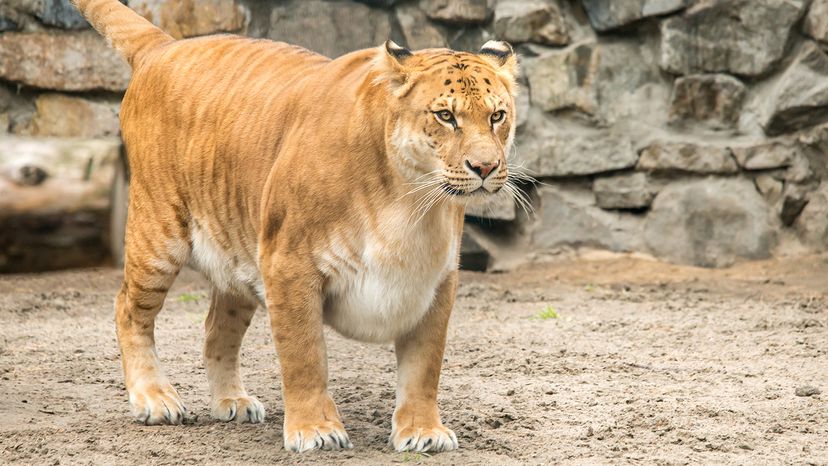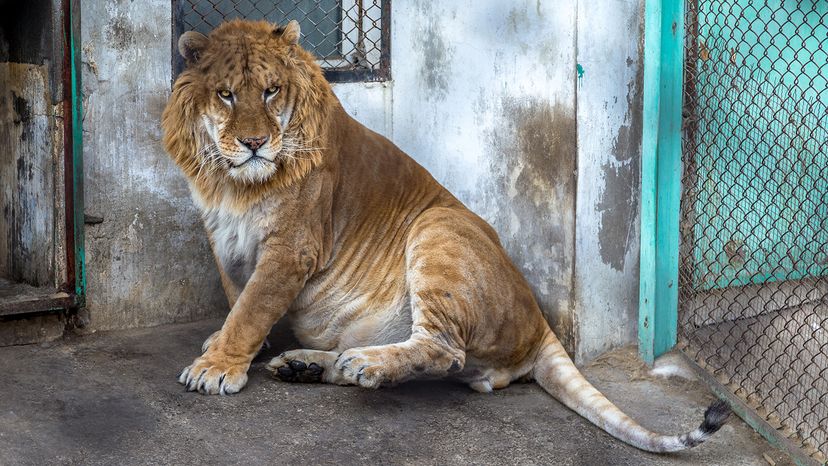Hybrid big cats often display unpredictable mixes of their parent species’ behaviors. Ligers tend to be more social, reflecting their lion father’s pride-based upbringing. Tigons, in contrast, might act more independently like their tiger dads.
These animals might look like supersized cats, but their hybrid status can come at a cost. For example, a liger’s massive body can stress organs not built for such weight. While a tigon’s more modest size may spare it some health problems, it still faces challenges inherent to hybridization.
From their unique genetic makeup to their striking appearances, liger offspring and tigons help scientists study inheritance, growth and even conservation ethics. But it’s important to remember that these creatures were born not from nature, but from curiosity.
We created this article in conjunction with AI technology, then made sure it was fact-checked and edited by a HowStuffWorks editor.


